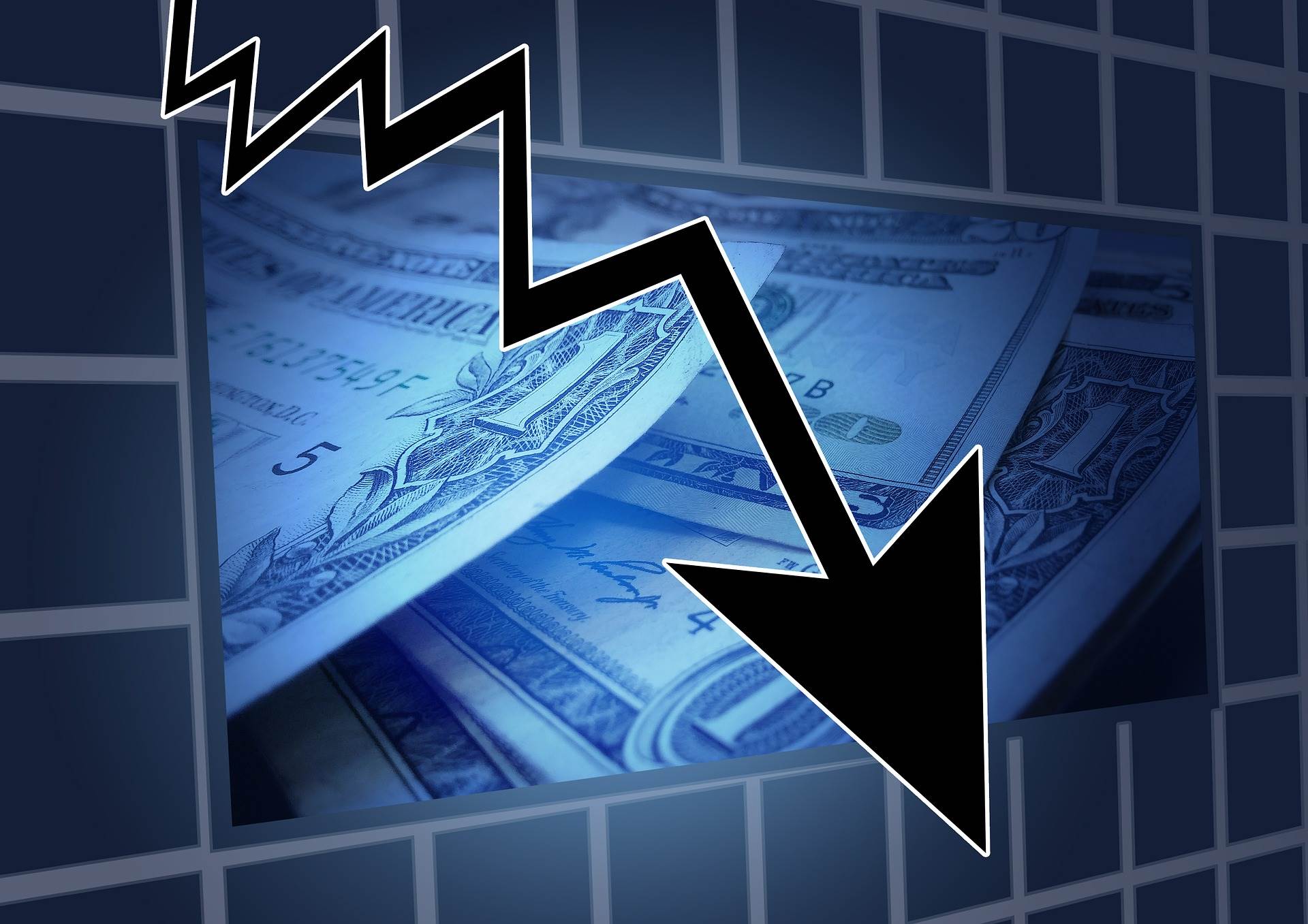 As was widely predicted by analysts, the US Federal Reserve’s Open Markets Committee (OMC). decided to cut the interest rate at this week’s meeting. However, the decision taken by OMC was split with two of its ten members voting to leave rates unchanged, the majority of seven endorsing the cut and a single member arguing for a larger cut.
As was widely predicted by analysts, the US Federal Reserve’s Open Markets Committee (OMC). decided to cut the interest rate at this week’s meeting. However, the decision taken by OMC was split with two of its ten members voting to leave rates unchanged, the majority of seven endorsing the cut and a single member arguing for a larger cut.
In the aftermath of yesterday’s decision, a further 0.25% increment has been sliced off the rate, only the second cut since 2008, taking the rate down to the band from 1.75 to 2%. Rates were held at their historic low of 0.25% from December 2008 until December 2016 when the incremental process of normalisation began.
The justification for the cut is that whilst the US economy is robust, global trade is slowing, in part because of trade tensions introduced by the US president, and US inflation remains lower than the target value of 2% at 1.7%. Cheaper money can lead to inflationary pressure in the economy whilst providing a stimulus for business; the economy can easily deal with higher levels of inflation currently, so this is not a concern.
Speaking after the meeting, Federal Reserve chairman, Jerome Powell noted that rising trade tensions and slowing global growth were the decisive factors in the cut: "The thing we can't address really is what businesses would like, which is a settled roadmap for international trade ... but we do have a very powerful tool which can counteract weakness to some extent".
Predictably, Mr Trump was unimpressed by the Fed’s action, Tweeting: "Jay Powell and the Federal Reserve Fail Again. No "guts," no sense, no vision! A terrible communicator!". Mr Powell, of course, was nominated by Mr Trump, replacing the Fed’s first female chairperson, Janet Yellen (an Obama appointee).
In the absence of a further escalation of trade tensions, a marked deterioration of global economic demand or an undefined geopolitical crisis (such as military conflict in the Middle East), analysts are suggesting that the current cut will be the last for a while.

